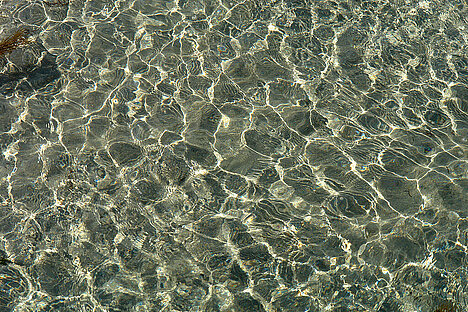Hydrogen peroxide

Hydrogen peroxide is a chemical compound consisting of water and oxygen. It is often used as a disinfectant or bleaching agent. But did you know that it can also be useful for dogs? In this blog post, you'll find out how to use hydrogen peroxide correctly on your dog and what to look out for.
Why use hydrogen peroxide on dogs?
There are two main reasons why you should use hydrogen peroxide on your dog: to clean a wound or to treat a poisoning.
Cleaning a wound
If your dog has a small wound, you can use hydrogen peroxide to clean and disinfect it. The hydrogen peroxide kills bacteria and prevents infection. However, you should only use a 3% solution of hydrogen peroxide, which you can buy at the pharmacy or drugstore. A higher concentration can irritate or damage your dog's skin.
This is how you proceed:
- Cut off the fur around the wound to prevent it from sticking.
- Rinse the wound with clean water to remove dirt and debris.
- Dab the wound dry with a clean cloth.
- Soak a cotton pad or gauze dressing with hydrogen peroxide and press it gently onto the wound. Leave it on for a few seconds.
- Dab the wound dry again and apply a bandage if necessary.
- Repeat the process once or twice a day until the wound has healed.
Treating poisoning
If your dog has eaten something he shouldn't have, such as chocolate, grapes or medication, hydrogen peroxide can help him to spit out the poison. The hydrogen peroxide will irritate your dog's stomach and cause him to vomit. However, you should only use hydrogen peroxide if your vet has advised you to do so or if you have no other way to get help quickly. Also, you should only use a 3% solution of hydrogen peroxide and no more than 10 ml per 5 kg of your dog's body weight.
This is how you proceed:
- Mix the hydrogen peroxide with some water or dog food to improve the taste.
- Put the mixture in your dog's mouth using a syringe or spoon. Hold his head slightly upwards so that he swallows.
- Wait a few minutes to see if your dog vomits. If not, you can give him the same amount again, but no more than twice in total.
- If your dog has vomited, collect the vomit and take it to the vet for analysis.
- Do not give your dog food or water for a few hours after vomiting to protect his stomach.
The authors assume that a veterinarian should be consulted if an animal is ill and that medication should only be taken after consultation with a doctor or pharmacist. Only an individual examination can lead to a diagnosis and treatment decision.
We help you find the nearest vet → This way